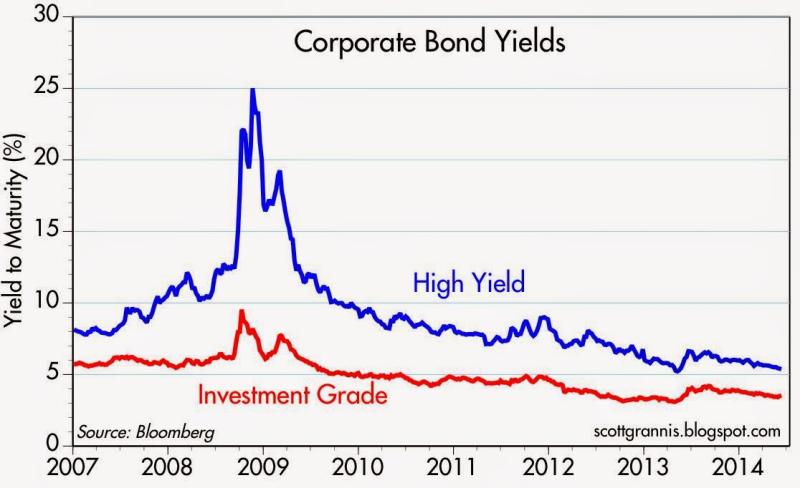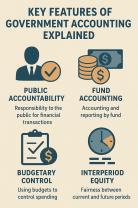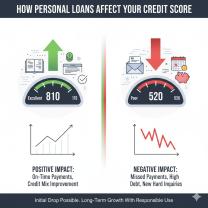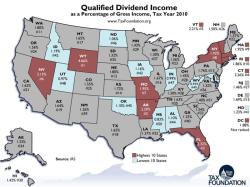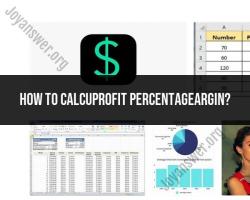What is the corporate bond yields?
Corporate bond yields represent the annualized return an investor can expect to receive from holding a corporate bond until maturity. Yield is expressed as a percentage of the bond's current market price or face value, and it encompasses both the periodic interest payments (coupon payments) and any potential capital gains or losses.
There are different types of yields associated with corporate bonds, and understanding them is crucial for investors. Here are some key concepts related to corporate bond yields:
Coupon Yield:
- The coupon yield, also known as the nominal yield or interest yield, is the annual interest payment expressed as a percentage of the bond's face value. It is calculated by dividing the annual coupon payment by the face value of the bond.
Current Yield:
- The current yield is a measure of the annual interest income relative to the bond's current market price. It is calculated by dividing the annual coupon payment by the current market price of the bond.
Yield to Maturity (YTM):
- The yield to maturity represents the total return an investor can expect if the bond is held until maturity, considering both interest payments and any potential capital gains or losses. YTM takes into account the bond's current market price, coupon payments, and the difference between the current price and face value.
- YTM is a more comprehensive measure of a bond's return and is often used to compare the relative attractiveness of different bonds.
- Calculating YTM involves solving a complex mathematical equation and is often done using financial calculators or specialized software.
Yield Spread:
- Yield spread refers to the difference in yields between different types of bonds or between a bond and a benchmark, such as Treasury bonds. A positive yield spread indicates that the corporate bond is offering a higher yield than the benchmark.
Yield Curve:
- The yield curve is a graphical representation of the yields of bonds with different maturities. It shows the relationship between interest rates (or yields) and the time to maturity. The yield curve can provide insights into market expectations for future interest rates.
Understanding corporate bond yields is essential for investors in assessing the potential returns and risks associated with bond investments. It's important to note that bond prices and yields have an inverse relationship – as bond prices rise, yields fall, and vice versa. Additionally, changes in interest rates, credit risk, and market conditions can impact bond yields.
Demystifying the world of corporate bond yields is vital for informed investment decisions. Let's explore the intricacies of yield, its calculation, and its role in navigating the bond market:
1. Unveiling Corporate Bond Yields:
A corporate bond yield represents the annualized rate of return an investor expects to receive by holding a bond until maturity. It's not directly paid out but reflects the interest income earned per dollar invested.
2. Calculating the Yield:
There are two primary methods:
- Current yield: This simpler method divides the annual coupon payment by the bond's current market price. It provides a basic estimate of annual return.
- Yield to maturity (YTM): This considers all remaining coupon payments and the bond's face value at maturity, factoring in its time to maturity and current market price. It offers a more accurate picture of overall return if held until maturity.
3. Variations Across Industries and Companies:
Yields vary significantly due to several factors:
- Credit rating: Bonds issued by companies with higher credit ratings (lower default risk) typically have lower yields.
- Industry risk: Industries perceived as riskier might have higher yields to compensate investors for the increased risk.
- Maturity date: Longer-term bonds generally have higher yields than shorter-term ones due to the increased risk of holding them for longer.
- Market conditions: Overall economic conditions and investor sentiment can significantly impact bond yields across entire sectors or specific companies.
4. Market Fluctuations and Yield Impact:
Changes in market conditions can cause yield fluctuations:
- Rising interest rates: When interest rates go up, existing bond prices tend to fall, pushing yields higher.
- Economic uncertainty: Investor risk aversion during economic downturns can drive up yields as they demand higher returns for holding riskier assets like corporate bonds.
- Company-specific news: Factors like positive earnings reports or credit rating upgrades can lead to lower yields for specific companies' bonds, making them more attractive.
5. Resources for Tracking and Analyzing Yields:
Several resources empower you to stay informed:
- Financial websites: Platforms like Bloomberg, Reuters, and Yahoo Finance offer comprehensive bond market data, including real-time yields and historical trends.
- Bond screener tools: These platforms allow you to filter and search for bonds based on various criteria, including yield, maturity, and credit rating.
- Financial publications and news outlets: Stay updated with market trends and analyses to understand broader factors impacting bond yields.
- Industry-specific resources: Trade associations and data providers might offer focused information on specific sectors' bond market activity and yield movements.
By understanding corporate bond yields, their calculation, and how they respond to market dynamics, you can make informed investment decisions and navigate the ever-changing landscape of the bond market with confidence. Remember, careful research and analysis are crucial to making the most of your investments in this complex but potentially rewarding arena.
